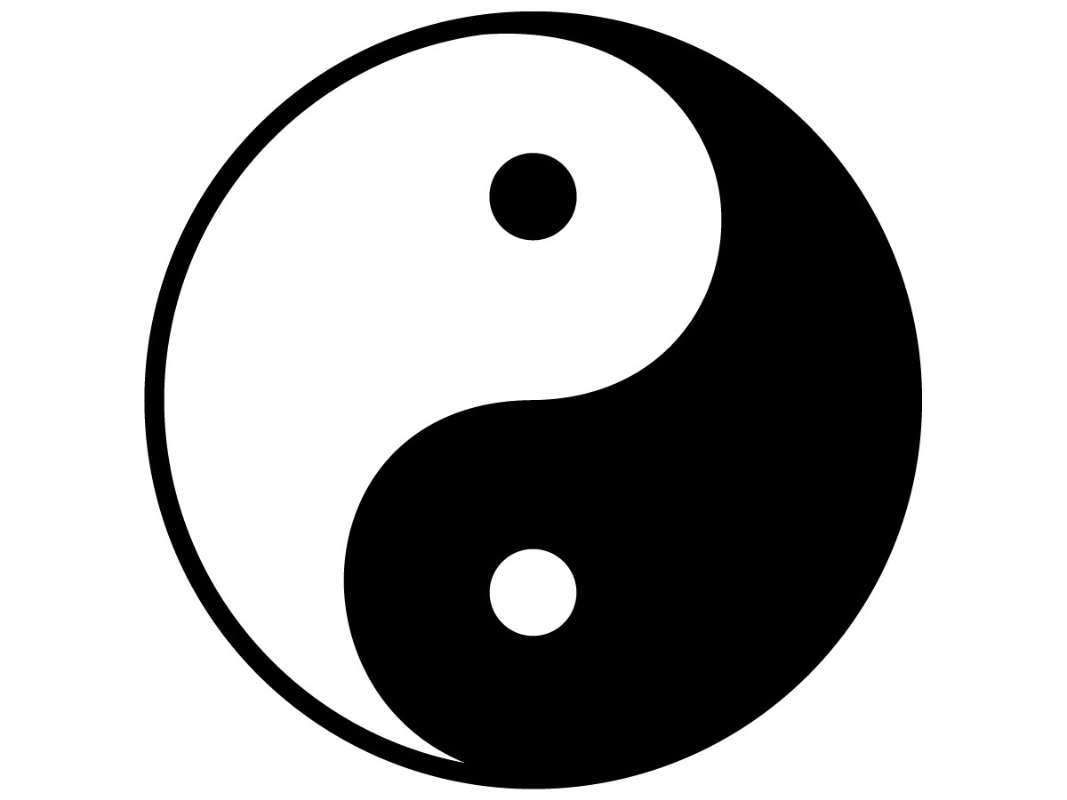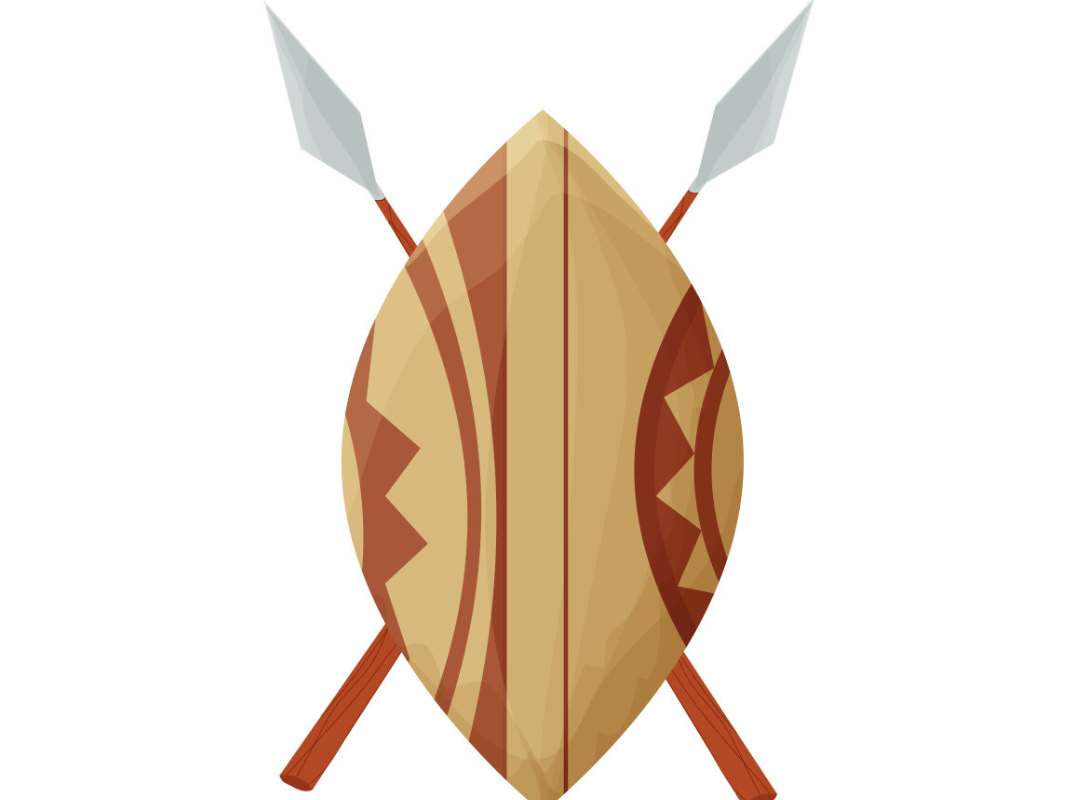
Blog
20+ Cultural Symbols and Their Meanings

Cultural symbols play a crucial role in human societies, serving as visual representations of values, beliefs, and traditions. These symbols encapsulate the essence of a culture, conveying complex ideas and emotions through simple imagery. This article delves into various cultural symbols from around the world, exploring their meanings and significance.
Asia
Yin and Yang (China)

The Yin and Yang symbol is central to Taoist philosophy, representing the concept of dualism. It illustrates how seemingly opposite forces are interconnected and interdependent in the natural world, working together to create harmony. The black and white halves of the symbol embody the balance between light and dark, masculine and feminine, and active and passive energies. This balance is believed to be essential for maintaining equilibrium in life.
Lotus Flower (India)

The lotus flower holds profound significance in both Hinduism and Buddhism. In Hinduism, it is associated with deities like Lakshmi and Brahma, symbolizing purity, beauty, and spiritual enlightenment. In Buddhism, the lotus represents the path to enlightenment, as it grows from muddy waters to bloom into a pristine flower. This journey symbolizes the potential for individuals to rise above their challenges and achieve spiritual awakening.
Torii Gate (Japan)

The Torii gate is a traditional Japanese gate found at the entrance of Shinto shrines. It marks the transition from the mundane to the sacred, symbolizing the boundary between the physical and spiritual worlds. Passing through a Torii gate is an act of purification and respect, preparing individuals to enter a holy space. The gate itself represents the gateway to divine presence and protection.
Merlion (Singapore)

The Merlion is a mythical creature with the head of a lion and the body of a fish, symbolizing Singapore’s origins as a fishing village (represented by the fish body) and its original name, Singapura, meaning “lion city” (represented by the lion head). The Merlion is a national symbol and is prominently featured in various forms throughout the city, representing Singapore’s history, culture, and identity.
Garuda (Indonesia)

Garuda is a large, mythical bird or bird-like creature that appears in both Hindu and Buddhist mythology. In Indonesia, Garuda is a national symbol and is depicted as a powerful, eagle-like being. Garuda symbolizes freedom and the nation’s strength and is featured on the national emblem of Indonesia. It also represents the vehicle of Vishnu, a major deity in Hinduism, signifying divine protection.
Sarimanok (Philippines)

The Sarimanok is a legendary bird of the Maranao people of Mindanao in the Philippines. This colorful bird is often depicted with a fish in its beak or talons and is considered a symbol of good fortune. The Sarimanok represents prosperity and is an integral part of Maranao art and cultural heritage, frequently appearing in festivals and traditional crafts.
Dragon (Vietnam)

The dragon (Rồng) is a prominent symbol in Vietnamese culture, representing power, nobility, and immortality. Unlike Western dragons, the Vietnamese dragon is a benevolent creature associated with water and agriculture, believed to bring rain and prosperity. Dragons are often depicted in Vietnamese art, architecture, and folklore, symbolizing the nation’s strength and cultural heritage.
Middle East
Hamsa (Middle Eastern and North African cultures)

The Hamsa, also known as the Hand of Fatima, is a protective symbol widely used in Middle Eastern and North African cultures. It depicts an open hand with an eye in the center, symbolizing protection against the evil eye and bringing good fortune. The Hamsa is often used in jewelry, amulets, and home decor, serving as a powerful talisman for safety and blessings.
Crescent and Star (Islamic cultures)

The crescent and star is a widely recognized symbol of Islam, representing the faith’s connection to lunar cycles and the celestial realm. Historically, the crescent moon was used in various cultures before being adopted by the Ottoman Empire and later by many Islamic nations. The symbol signifies the growth and development of the Muslim community, reflecting hope and guidance from the divine.
Europe
Celtic Knot (Celtic cultures)

Celtic knots are intricate, interwoven patterns that have no beginning or end, symbolizing eternity and interconnectedness. These knots are prominent in Celtic art, jewelry, and manuscripts, reflecting the Celts’ beliefs in the continuity of life, love, and faith. Each knot design holds unique meanings, often associated with nature, spirituality, and the cyclical nature of existence.
Fleur-de-Lis (France)

The Fleur-de-Lis is a stylized lily that has been a symbol of French royalty and heraldry for centuries. It represents purity, light, and perfection, often associated with the Virgin Mary in Christian symbolism. The Fleur-de-Lis has also been used in various coats of arms and flags, symbolizing strength, honor, and tradition.
Olive Branch (Greece and Rome)

The olive branch is an ancient symbol of peace and victory, originating from Greek and Roman cultures. In Greek mythology, the olive tree was a gift from Athena, representing prosperity and peace. The Romans adopted the symbol, using it to signify victory and reconciliation. Today, the olive branch is universally recognized as a symbol of peace and goodwill.
Matryoshka Dolls (Russia)

Matryoshka dolls, also known as Russian nesting dolls, are a traditional craft from Russia. These wooden dolls are carved, painted, and nested inside one another, with each set typically consisting of a sequence of dolls that decrease in size. The dolls often depict Russian peasant girls in traditional dress, but modern variations include political figures, celebrities, and other themes. Matryoshka dolls are a symbol of Russian culture and craftsmanship, representing family, unity, and continuity.
Americas
Dreamcatcher (Native American cultures)

The dreamcatcher is a handmade object originating from Native American cultures, particularly the Ojibwe people. It consists of a woven net or web, often decorated with feathers and beads, and is believed to filter dreams. Good dreams pass through the web and slide down the feathers to the sleeper, while bad dreams are caught in the web and dissipate with the morning light. Dreamcatchers are symbols of protection and positive energy.
Eagle (United States)

The bald eagle is a powerful national symbol of the United States, representing freedom, strength, and courage. Chosen as the national bird in 1782, the eagle embodies the ideals of independence and resilience. Its image is prominently featured on the Great Seal of the United States, currency, and various government insignia, symbolizing the nation’s values and aspirations.
Quetzal (Mesoamerican cultures)

The quetzal is a vibrant bird native to Central America, revered by ancient Mesoamerican cultures such as the Aztecs and Maya. Its resplendent feathers were highly prized and used in ceremonial headdresses and garments. The quetzal symbolizes freedom and wealth, as it was believed that the bird could not live in captivity and would die if caged. Today, the quetzal remains a national symbol of Guatemala, representing liberty and natural beauty.
Africa
Ankh (Ancient Egypt)

The ankh is one of the most recognizable symbols from ancient Egypt, representing life and immortality. Often depicted in the hands of deities and pharaohs, the ankh symbolized the life-giving power of the gods. It is also associated with the afterlife, as it was believed to provide protection and eternal life to the deceased. The ankh continues to be a popular symbol in modern spiritual and cultural contexts.
Adinkra Symbols (Ghana)

Adinkra symbols are visual representations created by the Akan people of Ghana, each conveying a specific meaning or proverb. These symbols are often used in textiles, pottery, and architecture. Examples include “Gye Nyame,” symbolizing the omnipotence of God, and “Sankofa,” representing the importance of learning from the past. Adinkra symbols are integral to Ghanaian culture, expressing philosophical concepts and values.
Zulu Shield (South Africa)

The Zulu shield is a traditional symbol of the Zulu people of South Africa, representing protection, bravery, and warrior spirit. Historically used in battle, the shield is made from cowhide and often adorned with distinct patterns and colors. Today, the Zulu shield is a cultural emblem, symbolizing heritage and resilience.
Oceania
Tiki (Polynesian cultures)

Tiki statues are iconic symbols in Polynesian cultures, representing deified ancestors and guardians. These wooden or stone carvings depict human figures with exaggerated features and are believed to possess protective and spiritual powers. Tikis are commonly found in temples, homes, and public spaces, serving as reminders of cultural heritage and spiritual beliefs.
Koru (New Zealand Maori)

The koru is a spiral shape based on the unfurling fern frond, significant in Maori culture. It symbolizes new life, growth, strength, and peace. The koru is a common motif in Maori art, tattoos, and jewelry, representing the unfolding journey of life and the interconnectedness of individuals and their environment.
Honoring Cultural Traditions
Cultural symbols are powerful tools for conveying the rich tapestry of human beliefs, values, and traditions. They offer insights into the collective consciousness of a culture, helping us understand and appreciate the diversity of human expression. By learning about these symbols, we can foster greater respect and connection across different cultures, celebrating the beauty and wisdom they embody.
At Kiricard, we honor the tradition of craftsmanship by creating exquisite pop-up cards that capture the essence of artistry and creativity. Each card is meticulously designed to bring joy and wonder to your celebrations, blending modern innovation with timeless techniques. Explore our collection and experience the magic of Kiricard’s craftsmanship.
Follow Our Blog for More Interesting News
Instagram | Facebook | TikTok | Pinterest
Stay connected and inspired! Follow our blog for more insights into the world of traditional crafts and creative card designs. Visit our blog to stay updated with the latest trends, tips, and stories celebrating the beauty of tradition and creativity.





 Christmas
Christmas Father’s Day
Father’s Day Valentine’s Day
Valentine’s Day Easter
Easter Thanksgiving
Thanksgiving Halloween
Halloween
 Birthday
Birthday Wedding
Wedding Anniversary
Anniversary Graduation
Graduation Baby Shower
Baby Shower House Warming
House Warming
 For Him
For Him For Her
For Her For Kids
For Kids
 Floral
Floral Animals
Animals Trees
Trees Architecture
Architecture Vehicle
Vehicle LGBTQ+
LGBTQ+ Just Because
Just Because
 Pop-up Box
Pop-up Box Pop-up Stand
Pop-up Stand